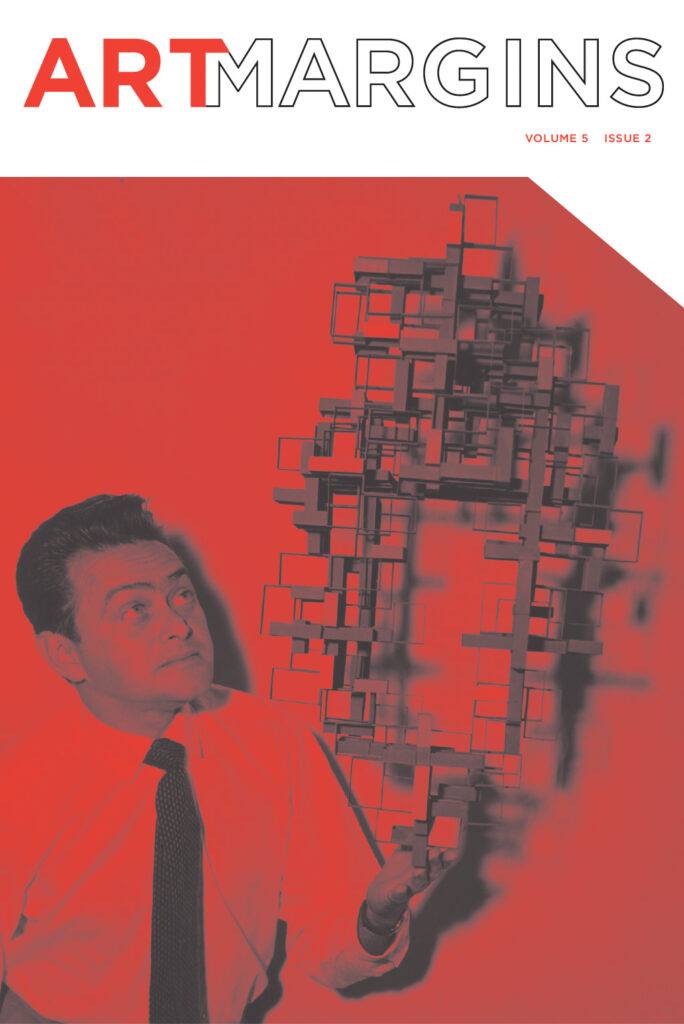A Diagram is a Trivial Machine
Mario Asef
I generate diagrams with the purpose of understanding the narratives, form, and aesthetics of sociocultural and political structures. This leaves room for the production of...
The Bauhaus in Brazil: Pedagogy and Practice
Adele Nelson
This article analyzes the rhetorical and discursive resonance of the claims by artists and art professionals in Brazil in the 1950s of a connection to...
Popau, Pop, or an “American Way of Living”? An Introduction to Aracy Amaral’s “From the Stamps to the Bubble”
Sofia Gotti
The introductory text foregrounds the article “From the Stamps to the Bubble” (1968) by Brazilian historian and curator Aracy A. Amaral. It seeks to locate...
From the Stamps to the Bubble
Aracy Amaral
The introductory text foregrounds the article “From the Stamps to the Bubble” (1968) by Brazilian historian and curator Aracy A. Amaral. It seeks to locate...
Self-Institutionalizing as Political Agency: Contemporary Art Practice in Bucharest and Budapest
Izabel Galliera
Reacting against politically monopolizing attempts at rewriting the socialist past in post-1989 Hungary and Romania, a diverse number of artists, curators, critics, activists and students...
Incident Transgressions: A Review of Transmissions: Art in Eastern Europe and Latin America, 1960–1980, MOMA
Ileana L. Selejan
By placing on view a large selection of objects recently acquired by the New York Museum of Modern Art, the exhibition Incident Transgressions: Report on...
Yugoslav Postwar Art and Socialist Realism: An Uncomfortable Relationship
Bojana Videkanić
This text examines the first official exhibition of the Yugoslav Association of Fine Artists, and the theoretical, socio-political, and institutional contexts of the Socialist Realist...


